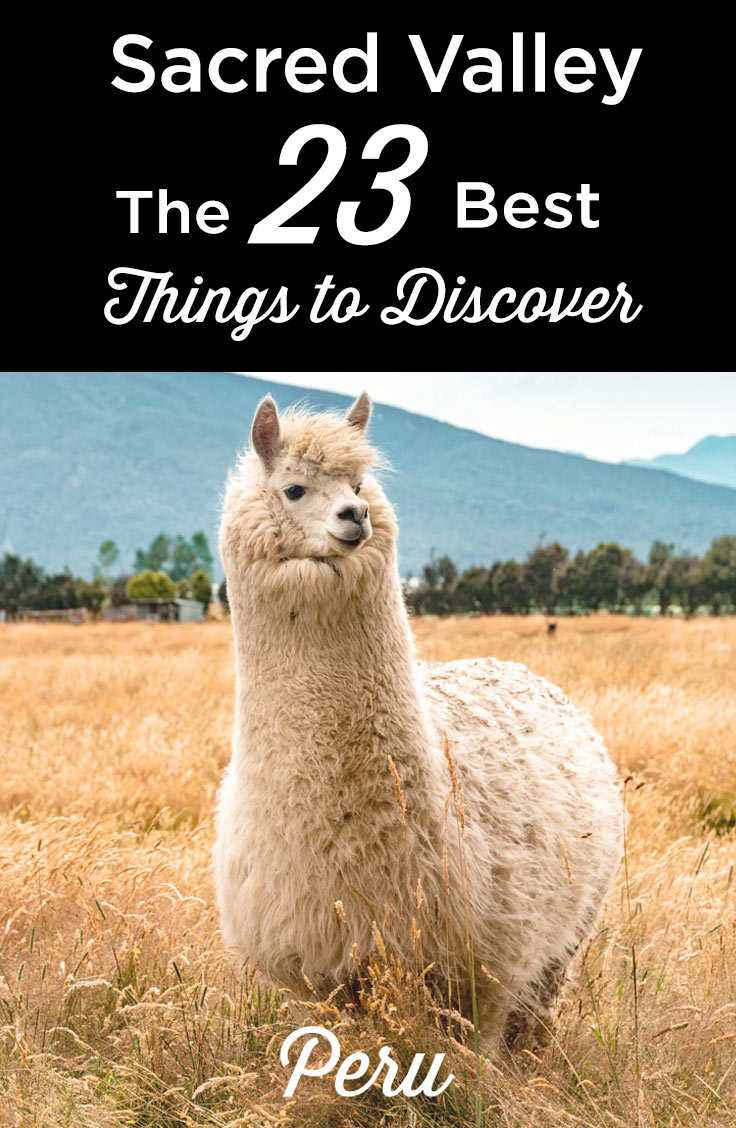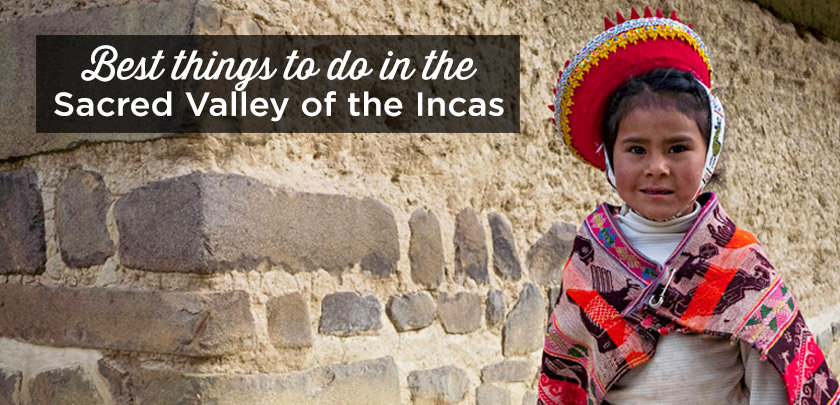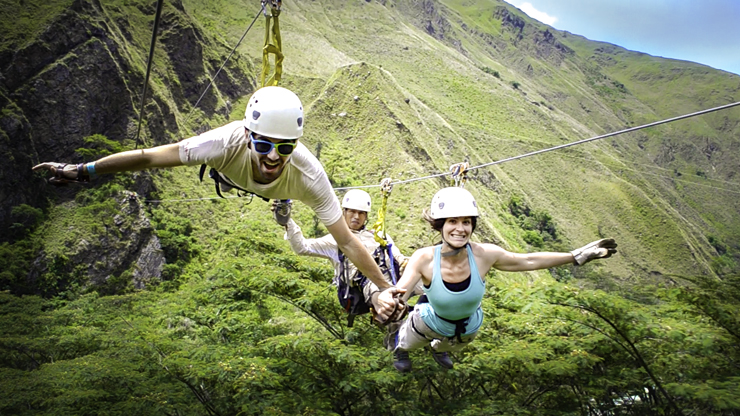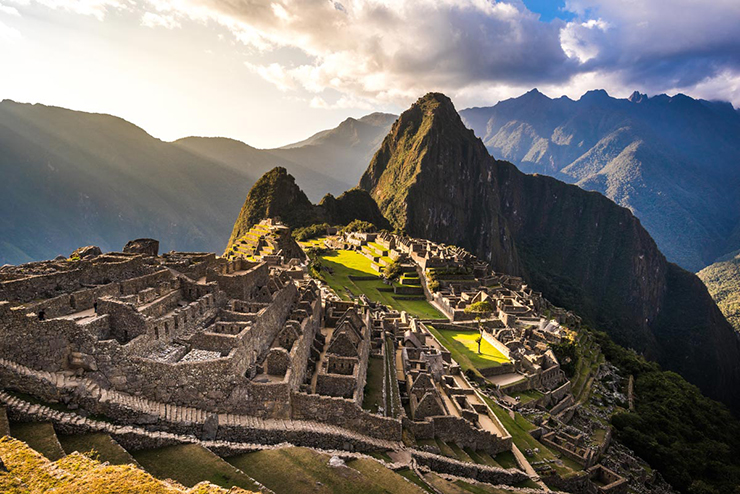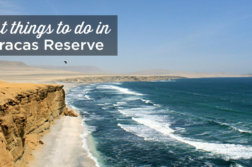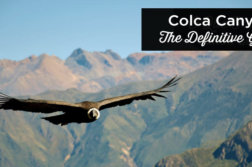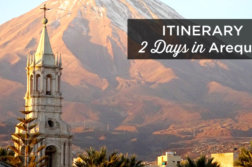Sacred Valley, Peru: 23 Things to See and Do (Complete Travel Guide)
Planning a trip to Cusco? Then you absolutely need to include the Sacred Valley of the Incas in your itinerary!
Just a short drive from the city, it was the true heart of the Inca Empire. Besides its spectacular archaeological sites, it’s also the perfect place for hiking and nature lovers.
Thinking about going straight from Cusco to Machu Picchu? Honestly, that would be a big mistake.
In this guide, I’ll show you the top places to visit in the Sacred Valley, a few lesser-known gems, and my recommended 1-, 2-, and 3-day itineraries to help you make the most of your time.
You’ll also find practical travel tips and my favorite hotel recommendations for every budget.
So, what’s worth seeing in the Sacred Valley? Let’s take a look.
Sommaire
- Sacred Valley, Peru: 23 Things to See and Do (Complete Travel Guide)
- What is the Sacred Valley of the Incas?
- Do I need a ticket to visit the Sacred Valley sites?
- Can you get altitude sickness in the Sacred Valley?
- Must-see attractions in the Sacred Valley
- 1. Visit the Inca village of Ollantaytambo
- 2. Explore the ruins and traditional market of Pisac
- 3. The salt mines of Maras
- 4. Admire Inca agricultural engineering in Moray
- 5. Traditional weavings in Chinchero
- 6. Cochahuasi Animal Sanctuary
- 7. Drink a craft beer
- 8. Exploring an Inca site hidden in the mountains
- 9. Huchuy Qosqo, the small Cusco
- 10. Admire the Humantay Lake
- 11. Choquequirao, Machu Picchu’s Sister
- 12. Hiking in the Sacred Valley
- 13. Rafting in the rapids
- 14. Ziplining over the valley
- 15. Explore the south of the valley, away from the tourists!
- 16. Urubamba
- 17. The village of Yucay
- 18. Exploring the Andes by ATV
- 19. Discovering pre-Columbian cultures
- 20. Enjoy the thermal baths
- 21. Yoga and relaxation
- 22. Eating guinea pig
- 23. A chocolate feast
- Where to stay to visit the Sacred Valley
- How much time do you need to visit the Sacred Valley?
- Visit the Sacred Valley with a guided tour
- Can I visit the Sacred Valley without a guide?
- How to get to the Sacred Valley from Cusco (4 options)
- The best time to visit the Sacred Valley of the Incas
- Book Your Flight at the Best Price
- Rent a Car in Peru
- Traveling to Peru? These articles will help you!
What is the Sacred Valley of the Incas?
The Sacred Valley, located near Cuzco, was the agricultural, religious and political heart of the Inca Empire.
Bordered by the majestic Andes and crossed by the Urubamba River, it is home to emblematic sites such as Pisac, Ollantaytambo and Moray.
Do I need a ticket to visit the Sacred Valley sites?
Yes and no, depending on the attractions you plan to visit in the Sacred Valley of the Incas.
For a first trip to Peru, I strongly recommend buying a tourist ticket, as it is mandatory to access most of the main attractions in the Sacred Valley, such as the fortress of Ollantaytambo, the ruins of Pisac and Moray.
It is impossible to buy tickets individually, so it is a necessary investment!
You can buy the tourist ticket here, selecting the one you want (1, 2 or 10 days):
Can you get altitude sickness in the Sacred Valley?
When you first arrive in Cusco, it’s totally normal to feel the effects of the altitude—how intense they are really depends on your body. The good news? The Sacred Valley sits at a lower elevation.
To give you an idea: Ollantaytambo is at about 9,170 ft and Pisac at 9,750 ft, which makes a noticeable difference.
In practice, that means altitude symptoms tend to be much milder in the Sacred Valley.
So, if you’re feeling the altitude too much in Cusco, heading straight to the Sacred Valley can be a great move—it really helps!
That said, it’s still a good idea to take it easy at first. Try to avoid any physically demanding activities like hiking on your first (and ideally even your second) day at altitude.
Must-see attractions in the Sacred Valley
1. Visit the Inca village of Ollantaytambo
Ollantaytambo is best known for its fortress, a key site of Inca resistance to the Spanish.
But beyond the historical interest of its archaeological site – and the superb view it offers of the city! –Ollantaytambo is a charming Inca village that deserves at least a full day if you have some time to spare.
What’s more, if you are planning to Visit Machu Picchu, Ollantaytambo is on the road from Cuzco, so you could even spend the night there before going on to Aguas Calientes!
Here’s what to do in Ollantaytambo:
- Stroll through the streets: as Ollantaytambo has retained its original Inca layout, strolling through it is like stepping back in time with its little houses, squares and cobblestone streets.
- The fortress of Ollantaytambo: one of the most important Inca sites in the valley! Besides offering magnificent views of the surroundings, it has terraced crops and several buildings, such as the Temple of the Sun and the Bath of the ñusta, where the Inca’s wife bathed to purify herself.
- Pinkuylluna: these are agricultural warehouses from Inca times, accessible free of charge and without tourists, well worth the 30-minute climb to enjoy a great view!
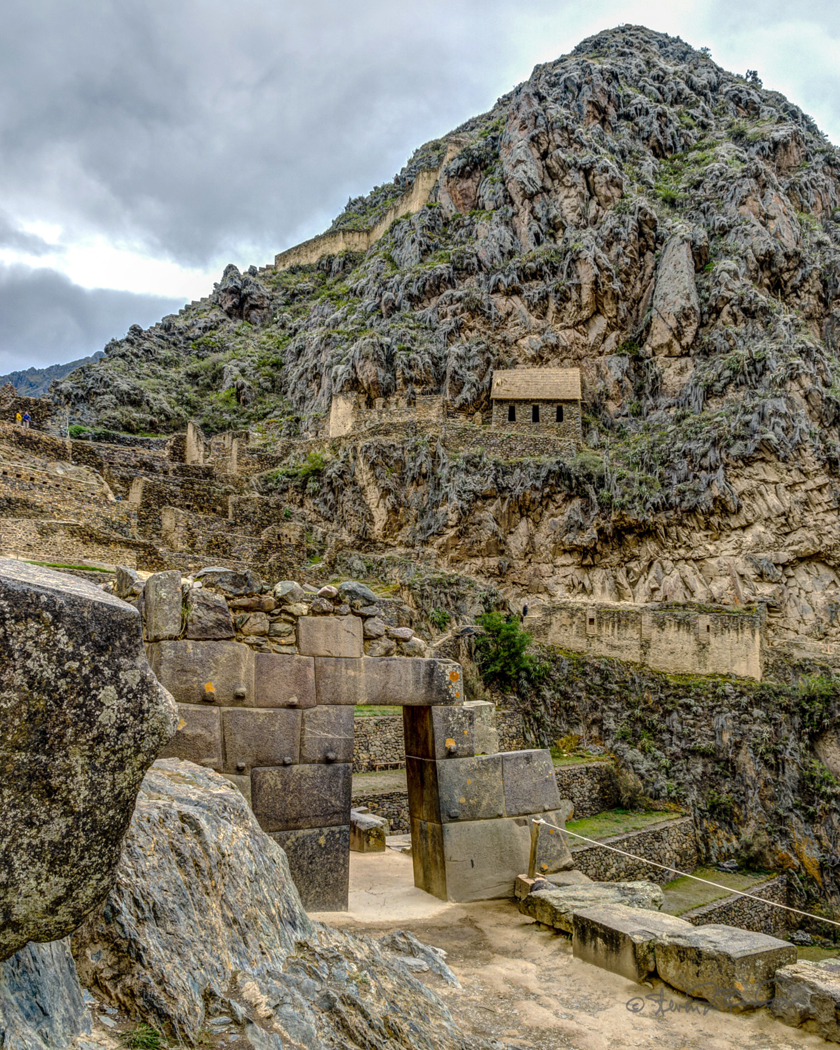
2. Explore the ruins and traditional market of Pisac
Pisac is one of the must-visit destinations in the Sacred Valley of the Incas.
Built in the 15th century, this ancient Inca town is famous for its impressive archaeological site, once the royal estate of Inca Pachacutec.
You’ll find ceremonial temples, residential areas, and wide agricultural terraces that show just how advanced Inca engineering really was.
After exploring the ruins, don’t miss the colorful Andean market of Pisac. Yes, it’s touristy—but still a fun place to browse for souvenirs, especially if it’s your first time in the Andes.
Want something more authentic? Head over to the fruit and vegetable section for a peek into local life—away from the crowds.
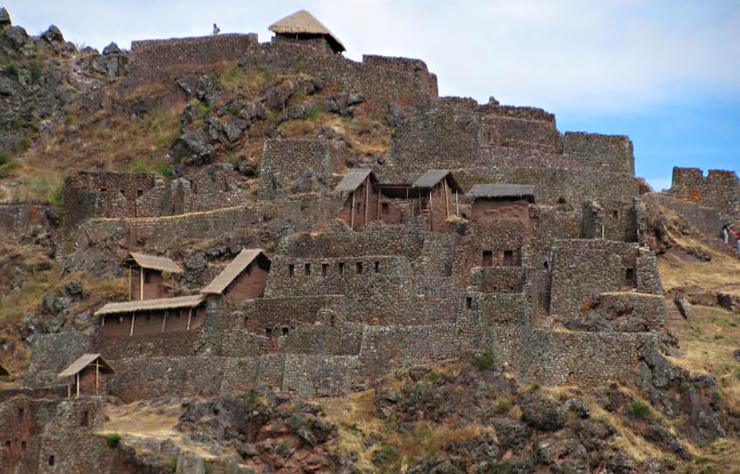
3. The salt mines of Maras
Here you are confronted with 3,000 pools of water used since Inca times by local families to extract salt by evaporation.
It is fascinating to see how the reflections change with the movement of the sun and you can take sublime photos. It is my favorite place in the region because it is so unique. With zero doubts, I can say is a required visit in the Sacred Valley.
You can book the tour to Maras and Moray from Cuzco here:
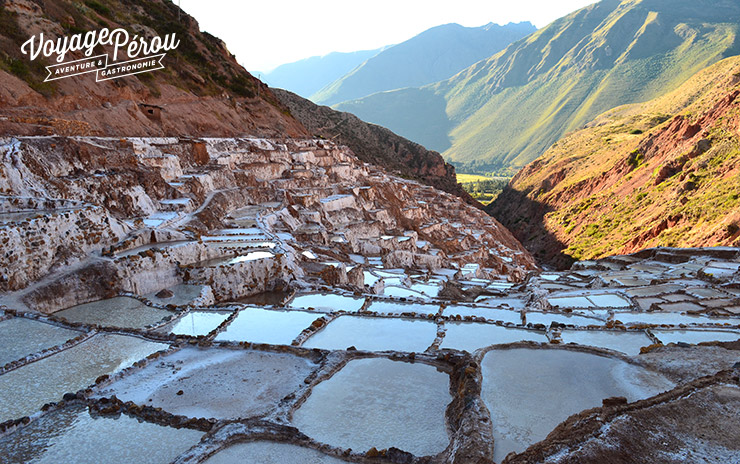
4. Admire Inca agricultural engineering in Moray
A few miles from the salt ponds of Maras you’ll find the terraces of Moray, absolutely fascinating when you understand the function and efficiency of the site!
It was an agricultural research center in Inca times, made up of circular terraces that create 20 different microclimates (there is about a 37°F difference between each level).
This is how the Incas managed to grow about 150 different types of corn and potatoes!
Book your visit to the terraces of Moray and the salt flats of Maras here:
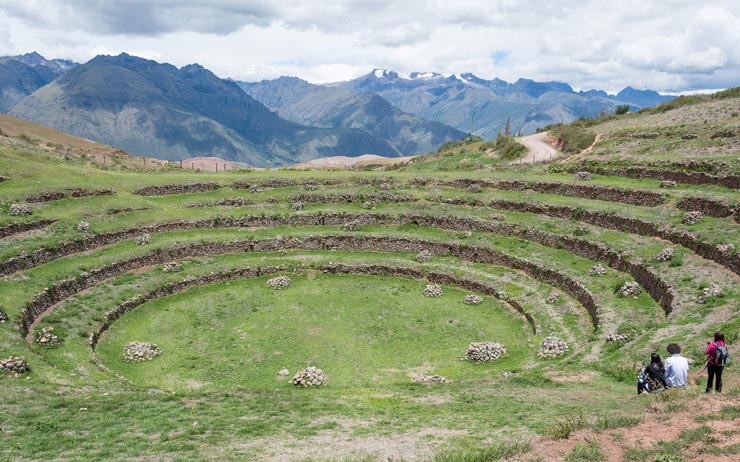
5. Traditional weavings in Chinchero
Former resting place of Tupac Yupanqui, the village of Chinchero is now famous above all for the quality of its handmade weavings.
It is the perfect place to see a demonstration of traditional textile making, weaving, natural dyes, techniques and much more – it’s free!
You can also visit the market, where you will find colorful wool garments and carpets, made entirely by hand, at great prices.
But the village itself is also very beautiful. You shouldn’t leave without walking its narrow cobblestone streets, seeing its main square and visiting the church of Nuestra Señora de Montserrat, built in the 17th century over the ruins of an Inca palace.
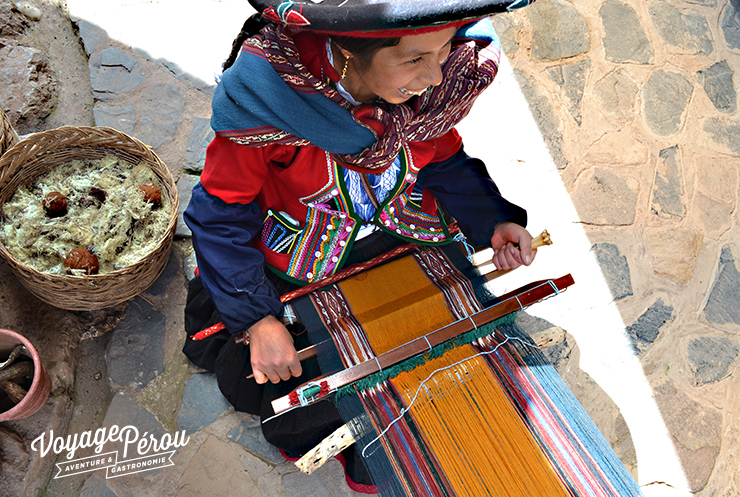
6. Cochahuasi Animal Sanctuary
This animal sanctuary is home to several of Peru’s most emblematic species, such as llamas, Andean condors, pumas and even the spectacled bear, the only bear in South America!
All of these animals have been rescued from illegal trafficking, the black market or human abuse. Unfortunately, many of them can no longer be reintroduced into their natural habitat, as they would become easy prey.
Visiting the sanctuary is a great way to support a good cause!
It is one of the best things to do as a family in the Sacred Valley, but also for all nature lovers.
You can contact them to find out more: info@santuariocochahuasi.com
- Km 22 (Cusco-Pisac road)
- Open from 9:00 am to 5:00 pm every day
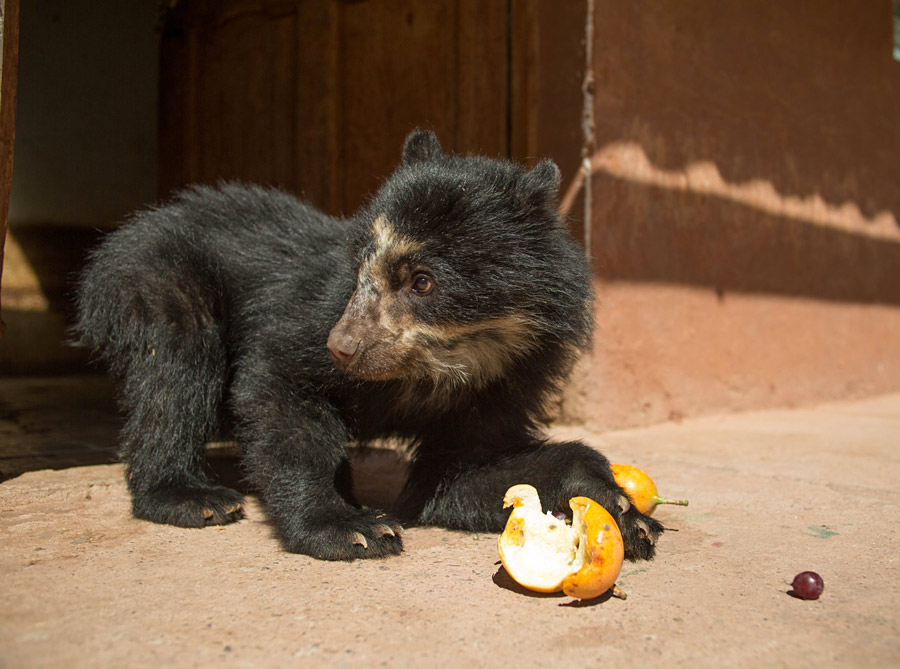
7. Drink a craft beer
Do you like a good beer? Then you can’t miss The Sacred Valley Brewery.
Located less than 10 minutes by bus from Ollantaytambo, at the entrance to the village of Pachar, it is one of the best microbreweries in Peru, whose products have won numerous international awards.
They have a dozen beers on tap, and I recommend starting with a beer tasting (5 for 20 soles, 10 for 30 soles) to try their different products.
Also, every last Saturday of the month there is a party, the proceeds of which go to a local NGO. After having been there, the atmosphere is great and, above all, you can have a beer under the starry sky of the valley!
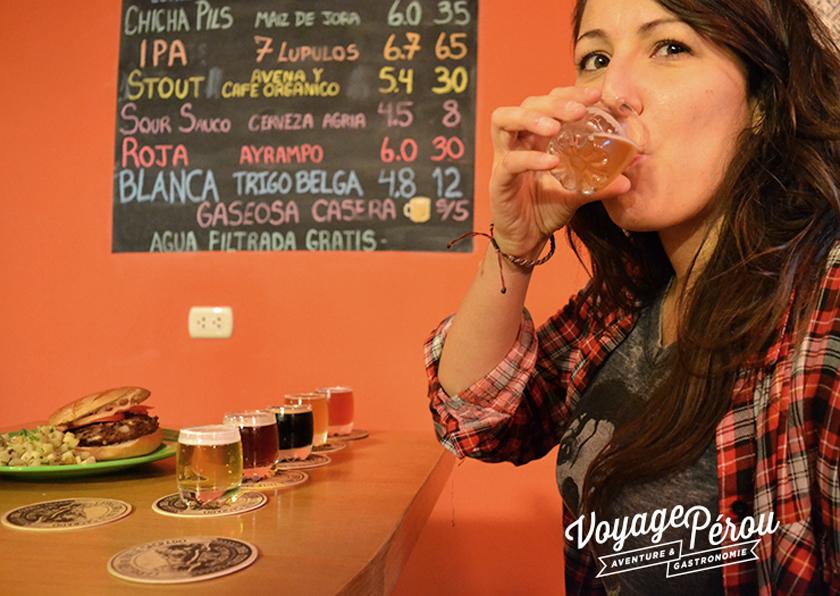
It still amazes me that there are Inca sites in the Sacred Valley that barely anyone talks about!
One of them is Ñaupa Iglesia, a hidden Inca sanctuary with free access and zero crowds. To get there, you’ll pass through the small village of Pachar, which also happens to be home to a microbrewery—definitely worth a quick stop!
The hike to the site is short and easy, taking about 45 minutes to 1 hour each way. The path winds through farmland and peaceful homes, and the sanctuary itself is built into terraces—so take it slow going up. Altitude can sneak up on you!
You can also take a taxi from Ollantaytambo to shorten the walk and start from the tracks, but personally, I think the full walk from Pachar is way more enjoyable. It’s all part of the adventure.
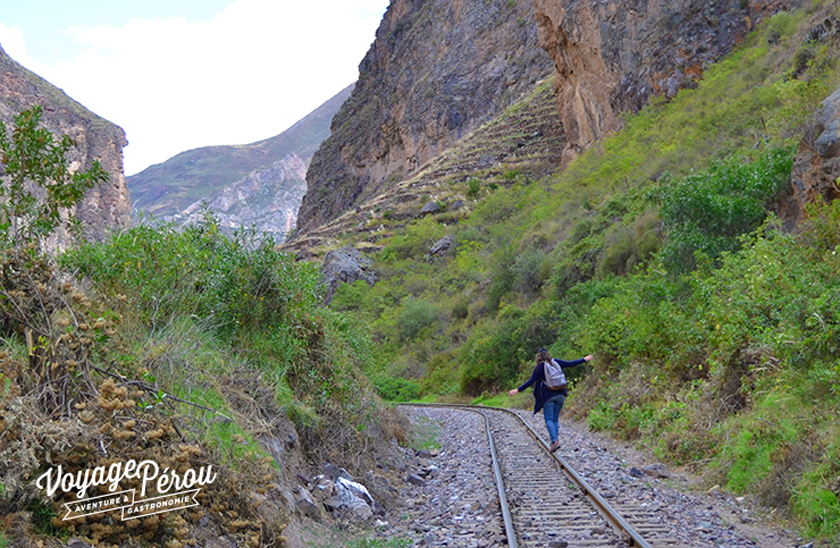
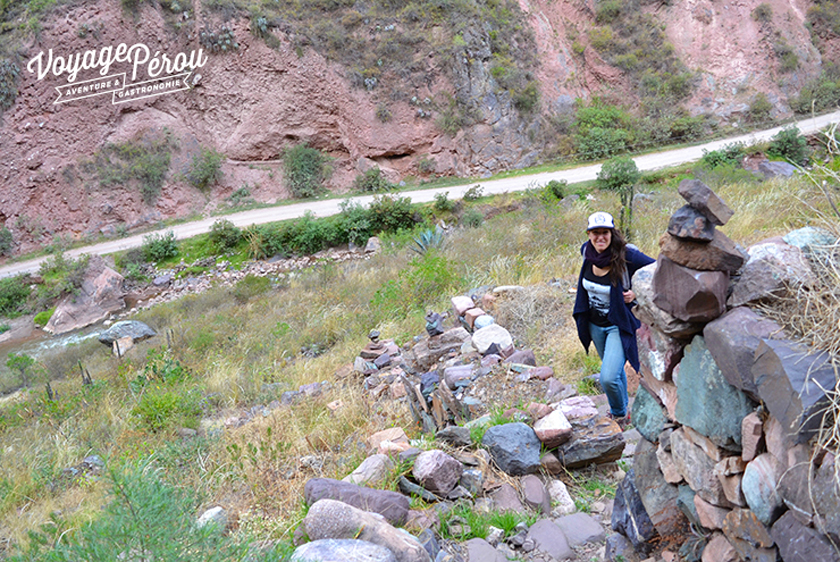
9. Huchuy Qosqo, the small Cusco
Huchuy Qosqo, or “Little Cusco” in Quechua, is an Inca archaeological site comprising several buildings and an irrigation system.
It is the most important archaeological site in the Urubamba valley after Ollantaytambo and Pisac.
Its great advantage is that it is much less touristic than the other sites.
There are several ways to get to Huchuy Qosqo:
- From the village of Lamay: an (intense) 2h30 climb
- From the town of Calca: take a cab 10 minutes from the ruins
- From the community of Tauca (near Chinchero): a slightly longer route (3 hours one way), but much less crowded and with superb scenery. Its highest point is the Piuray Lagoon, at 14,760 ft altitude.
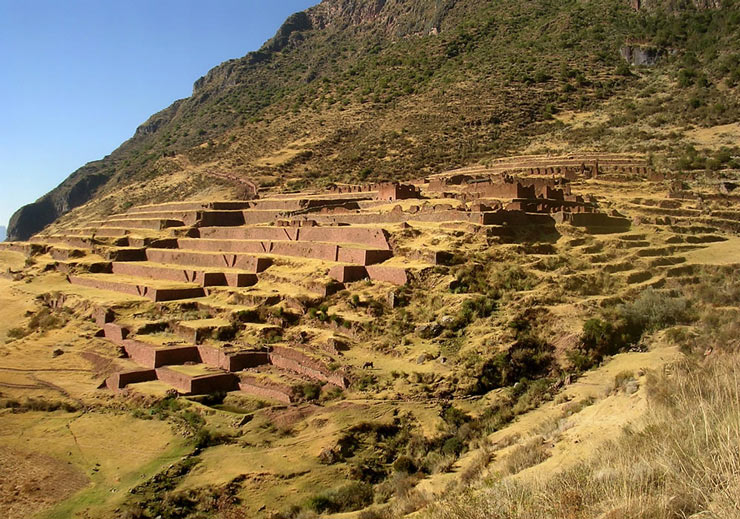
10. Admire the Humantay Lake
Humantay Lake is a breathtaking glacial lake nestled at the foot of the majestic Humantay glacier, surrounded by towering peaks and spectacular views.
To get there from Cusco, you’ll first head to the village of Mollepata (about 2 hours by road), and then continue to Soraypampa (another hour), which is the starting point for the hike. From there, it’s about a 2-hour uphill walk to reach the lake—but trust me, the views along the way are worth every step.
It’s a relatively short hike, but the altitude and scenery will take your breath away—literally and figuratively—so take your time and enjoy the photo ops!
Want to visit Humantay without a tour? Take a colectivo or bus from Cusco (Arcopata terminal) to Mollepata (around 15 soles, 1h45–2h), then grab a cab to Soraypampa (about 20 soles). The entrance fee to the lake is 20 soles. Just be sure to organize your return with the same driver in advance, since options can be limited later in the day.
The easier option is to join a day tour to Humantay Lake, which usually includes hotel pick-up in Cusco, plus breakfast and lunch. Book your spot here:
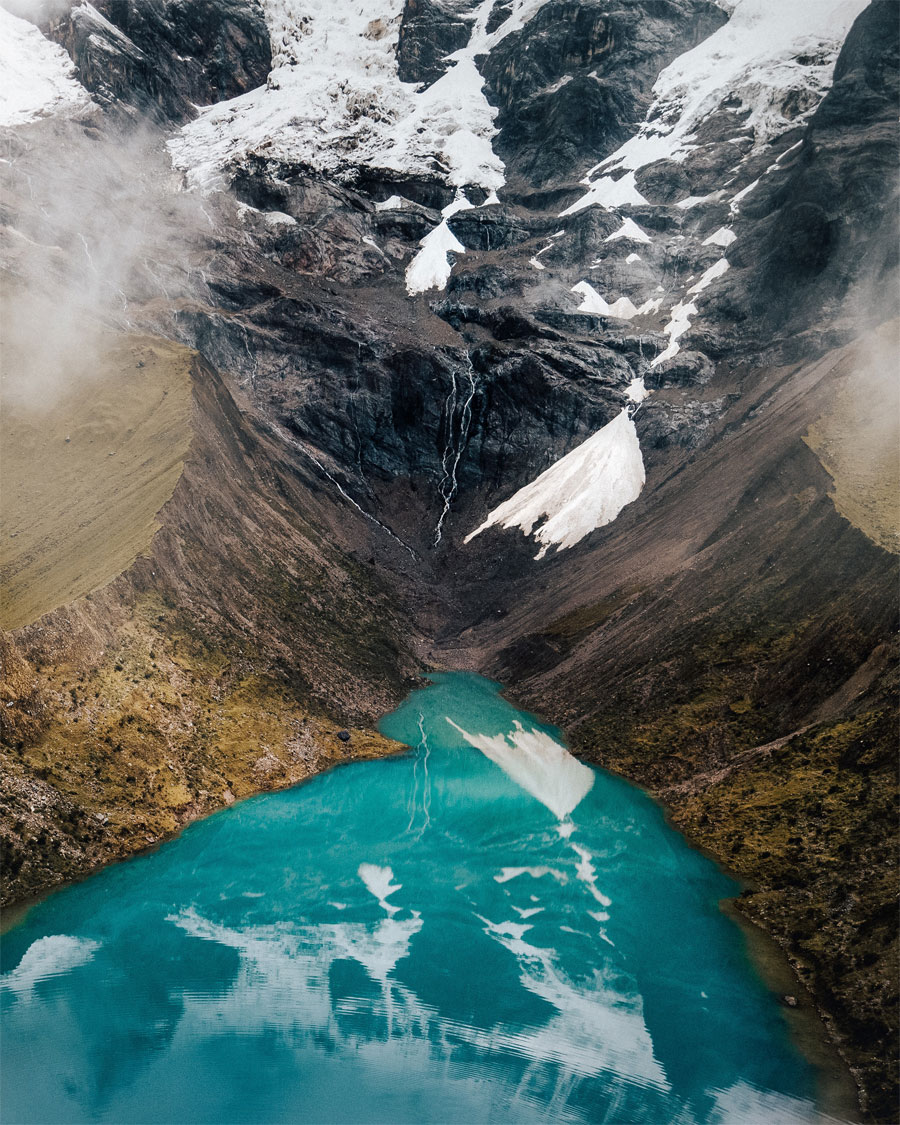
11. Choquequirao, Machu Picchu’s Sister
From “Chuqi K’iraw”, the cradle of gold in Quechua, Choquequirao is an Inca city located at more than 9,840 foot of altitude.
Although smaller, it is surprisingly similar to Machu Picchu!
Its great advantage is that it is much less frequented, as it is only accessible by foot, with a 4+ days hike. It is a magnificent adventure!
To book your Choquequirao excursion with a serious agency, click on the button below:
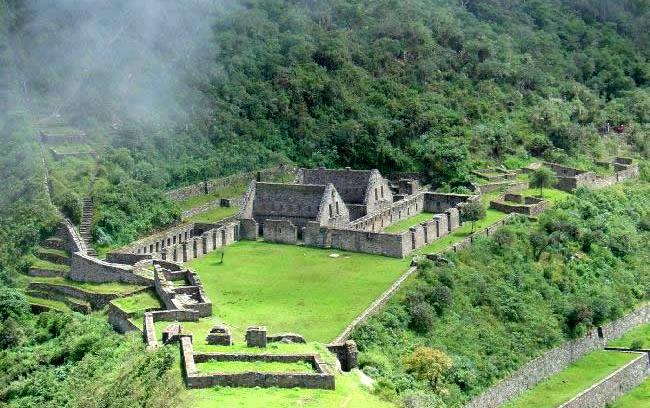
12. Hiking in the Sacred Valley
The Sacred Valley is a huge playground for outdoor enthusiasts, and there are plenty of opportunities for hiking!
Besides the hikes to Huchuy Qosqo and Choquequirao, the most popular hikes are undoubtedly the ones that lead to Machu Picchu.
Click on the name for more information:
- Inca Trail (4 days) – book several months in advance!
- Inca Trail short version (2 days)
- Salkantay Route (5 days)
- Jungle Inca Trail (4 days) – ideal for adrenaline seekers
- Lares Route (4 days)
If you don’t have much time, you can also opt for day hikes:
- From Chinchero to Urquillos (4-5 hours)
- From Moray to Maras (half day)
- Waterfalls and ruins of Perolniyoq (1h30 one way from Socma, which is a 45 minute cab ride from Ollantaytambo)
- Pumamarca ruins (3 hours uphill from Ollantaytambo)
- The Sun Gate or Inti Punku (4h from Ollantaytambo): the trek can be booked here with transportation and stop at a microbrewery.
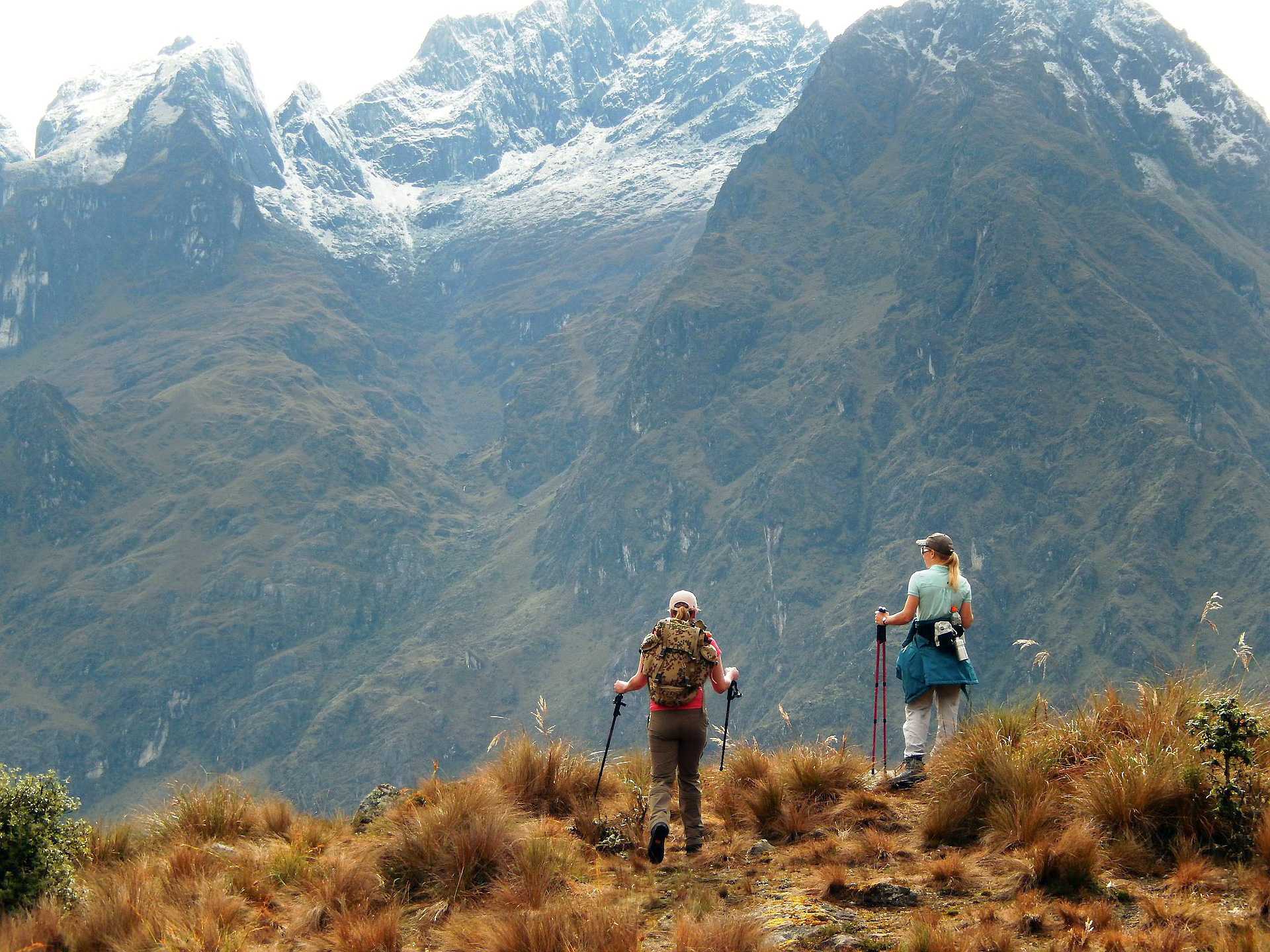
13. Rafting in the rapids
Do you like adrenaline? There are 1, 2 and 3 day rafting programs on the Urubamba River!
Be careful with the water level, which changes greatly depending on the season and, of course, directly influences the level of difficulty: for beginners, try the adventure during the dry season, as the wet season offers levels 2 to 4.
You can book the rafting tour with transportation from your hotel, the 2.5-hour rafting with an expert guide, with access to hot showers and sauna at the Cusipata River Camp before enjoying a hearty lunch.
Book here:
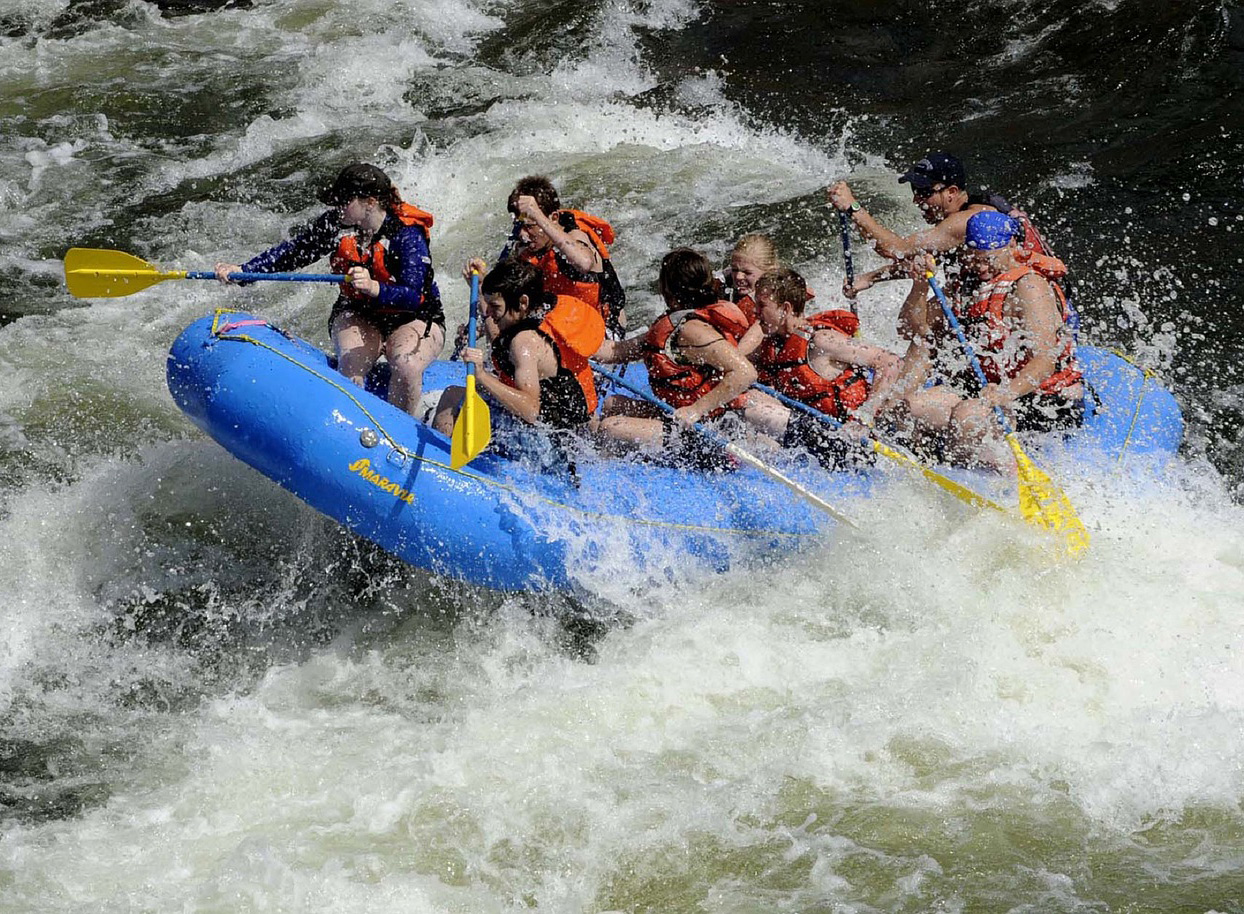
14. Ziplining over the valley
If you are not afraid of heights, there are several must-do activities in the Sacred Valley, such as bungee jumping, slingshots, via ferrata and tandem paragliding with a professional (10 to 20 minute flights).
There are also zip lines, in Pachar for example, with cables between 0.6 and 1.2 miles long. It´s a great plan since it is accessible to everyone.
You can book the zipline, which also includes a visit to Chinchero, here:
15. Explore the south of the valley, away from the tourists!
Trips within the Sacred Valley are concentrated almost exclusively around Ollantaytambo and Pisac, followed by Chinchero, Maras and Moray.
The vast majority of travelers come to Peru between 10 days and 2 weeks, and have little time to devote to the Sacred Valley, which is still considered a passageway between Cuzco and Machu Picchu.
But if you have more time, and above all the desire to discover the less frequented destinations of the Sacred Valley, do not miss Tipon, Pikillacta and Andahuaylillas!
- Tipon is famous for two things: its cuy and its Inca ruins.
The Tipon archaeological site is a magnificent example of hydraulic engineering and Inca architecture, yet it is one of the least visited in the valley!
There are pipes, still in operation, that pass through a sundial, then ceremonial fountains before flowing to the agricultural terraces.
- Pikillacta is a large Wari archaeological complex (an important civilization that was eventually conquered by the Incas).
Located at an altitude of 10,990 ft, it was probably occupied between 550 and 1,100 AD. It has about 700 buildings and is estimated to have housed up to 20,000 inhabitants.
The site has not been completely cleaned or reconstructed, but it is easy to understand its magnitude.
- Andahuaylillas is a small town known for San Pedro’s Church.
It is a true colonial jewel whose rather sober facade hides a rich baroque interior that has earned it the nickname of the Sistine Chapel of America.
This is the tour to the south of the Sacred Valley: departure in the morning from your hotel in Cusco to visit Tipon, with its Inca terraces and its various structures (temples, canals, etc.), then visit Pikillacta, built by the pre-Inca Huari people, as well as Andahuaylillas , before returning to Cusco around 2.30 pm.
Book it here:
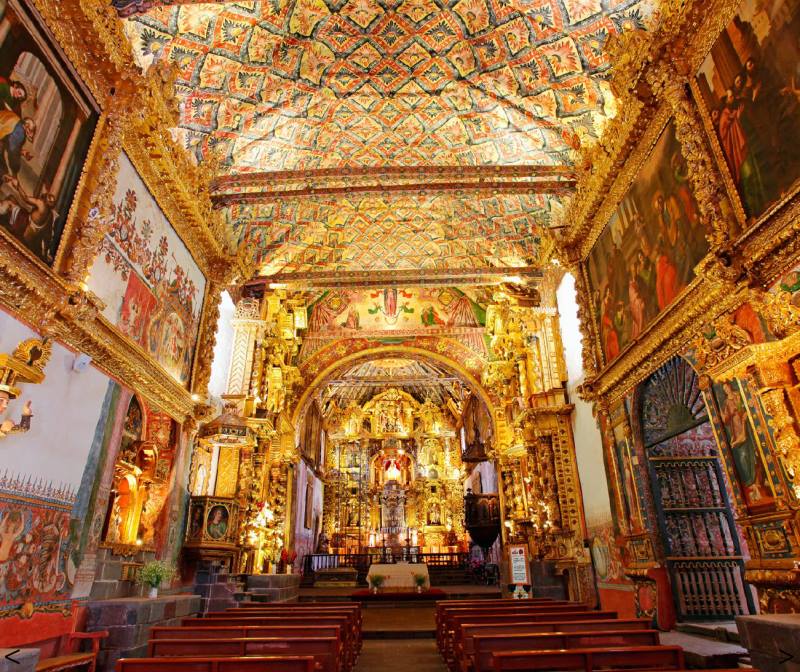
16. Urubamba
Urubamba was one of the most important agricultural centers during the Inca Empire.
Today, the city of Urubamba is the capital of the homonymous province and is a must-see in the Sacred Valley, as it is an essential crossing point between several places from Cuzco.
There are several good restaurants, comfortable hotels and yoga/wellness centers in and around the city.
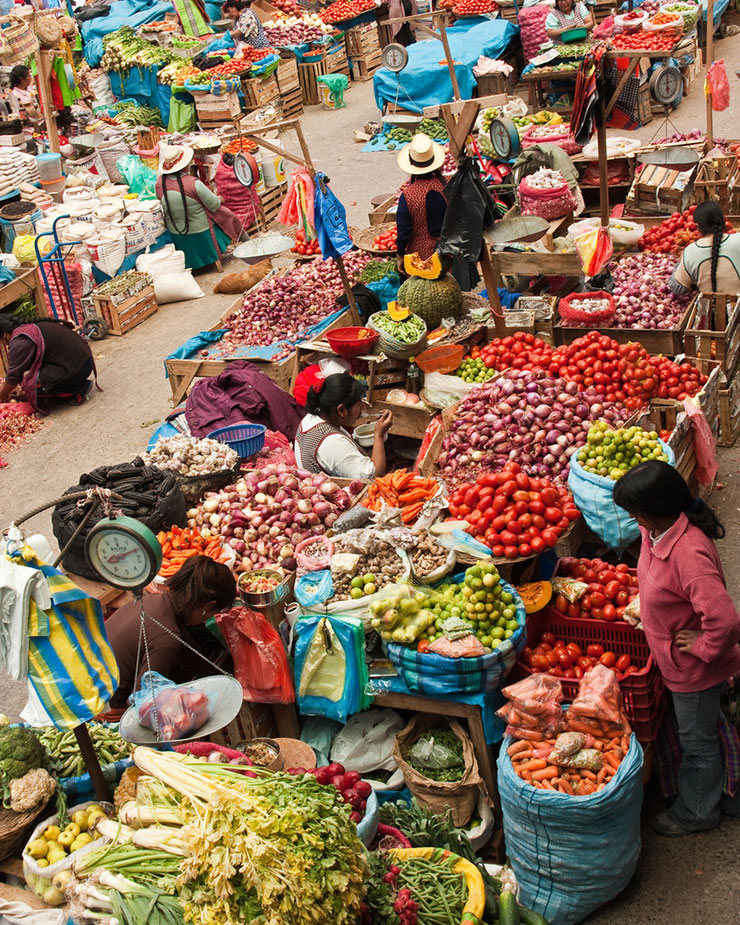
17. The village of Yucay
If you have a little time, I highly recommend heading to Yucay from Urubamba!
Just a 30-minute walk away, Yucay is a quiet village surrounded by cornfields and mountains.
It is a small country village where the Inca emperor Huayna Capac settled, enchanted by the good climate, and built palaces, agricultural terraces and an ingenious irrigation system that is still in use today.
The town offers a unique blend of Inca architecture, such as the Palacio de la Ñusta, and colonial architecture, with the Church of Santiago Apostle.
Take a tour to Yucay Museo de Cultura Viva, a place where you can discover Andean traditions through handicraft demonstrations.
Here you can learn ancestral techniques for working alpaca wool, silver jewelry and making corn chicha.
The museum also has a garden with llamas, alpacas and guinea pigs, as well as a small ritual dedicated to Pachamama.
There is also a store and a bar-restaurant.
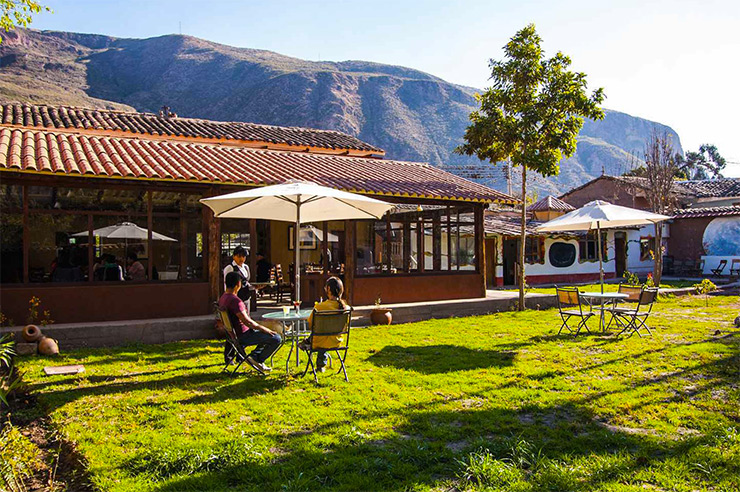
18. Exploring the Andes by ATV
Personally, I’m a big fan of quads, and it’s hard to imagine a more mythical place to enjoy them than the Sacred Valley!
Imagine traveling the road on an ATV between high mountains and quinoa fields to visit the salt mines of Maras and the terraces of Moray…
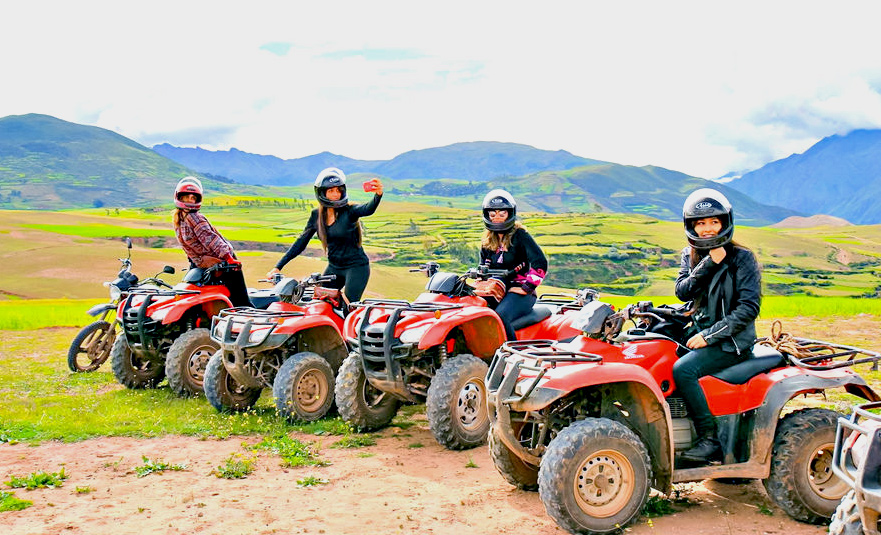
19. Discovering pre-Columbian cultures
Located between Pisac and Urubamba, less than 10 minutes from Calca, the Inkariy Museum is a must-see in the Sacred Valley, as it is one of the best museums in the region!
It is a very well designed museum presenting 10,000 years of history, with different pavilions dedicated to the Caral, Chavin, Paracas, Mochica, Nazca, Wari, Chimu/Lambayeque and Inca cultures. The exhibits are very complete and present their art, customs, beliefs and traditional dress.
The visit lasts a little over an hour with a guide and is really interesting.
- To know everything about the museum and how to get there, here you have My Article about Pisac.
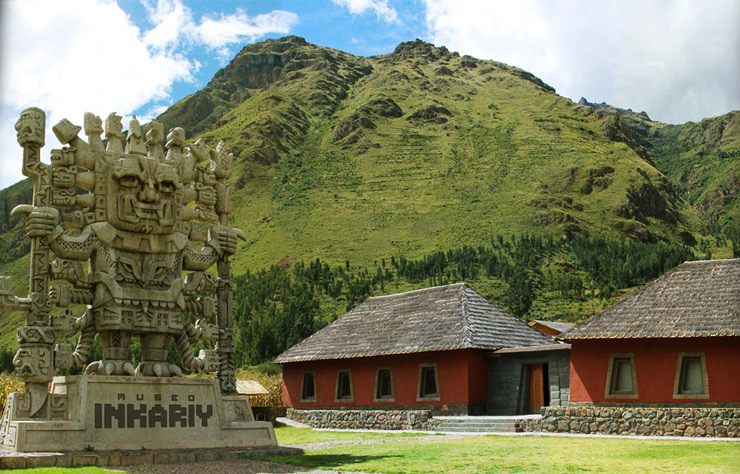
20. Enjoy the thermal baths
Calca is a charming little town originally built by the Inca Huiracocha as a resting place, on top of what was once the “Villa de Zamora,” founded by the Spanish conqueror Pedro de Zamora. It has two main plazas, the beautiful San Pedro Apostle Church, and several cobblestone streets that invite a slow, scenic stroll.
Today, Calca is best known as the starting point for treks to Huchuy Qosqo, which is just 5 miles away. But there’s more to see and do here, including:
– Minas Moqo hot springs (just 10 minutes from the center of Calca): These peaceful natural baths sit right on the banks of the Vilcanota River and are known for their healing properties. They’re only a few minutes’ walk from the main square—perfect for a spontaneous soak.
– Machacancha hot springs (about 4 miles from town): Located at 10,000 feet of altitude, these thermal baths are praised for their therapeutic benefits. The water is warm (around 104°F), crystal-clear, and odorless—ideal for relaxing after a long day of exploring.
- How to get to Calca: you can take a bus from Puputi street in Cusco (about 6-7 soles) or a cab (about 70 soles)
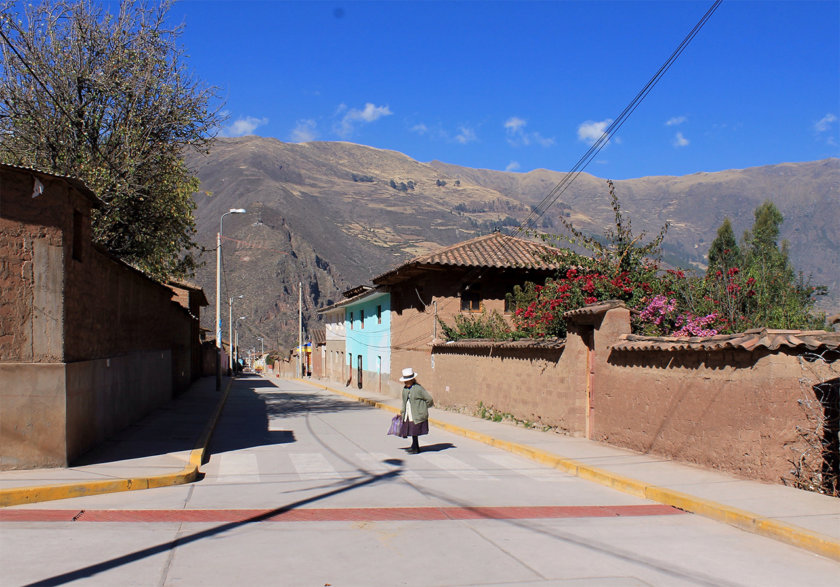
21. Yoga and relaxation
There’s no denying it—the Sacred Valley has a truly special energy.
Is it the glowing golden light? The towering Andean peaks?
I’m not sure what it is exactly, but it’s something many travelers feel when they visit. It’s no surprise, then, that the area has become home to many spiritual retreats, offering yoga, meditation, and the perfect opportunity to reconnect—with nature and with yourself.
You’ll also find several high-end hotels offering serene settings to relax in a spa. It’s a truly unforgettable way to unwind during your Peru adventure.
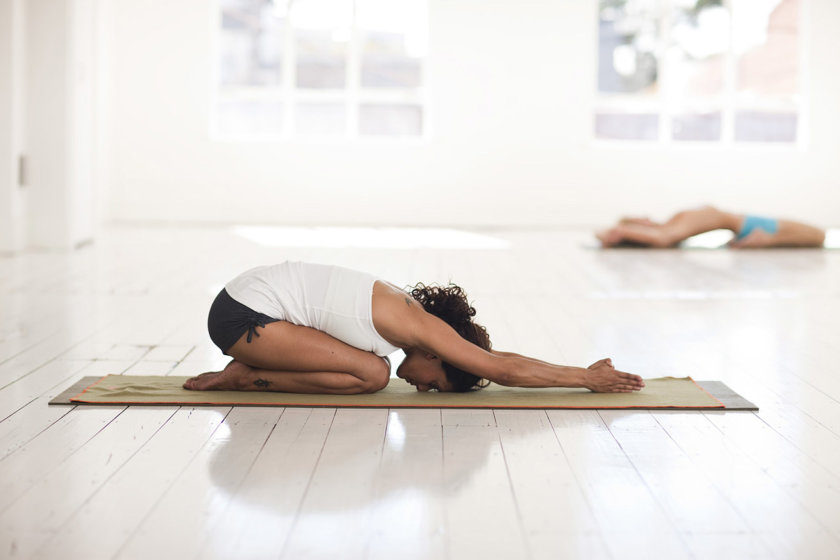
22. Eating guinea pig
I know it’s controversial, but I think it would be a shame not to try cuy, the famous guinea pig, at least once in Peru.
Yes, the idea of eating a rodent may be a bit daunting for some, but it has been raised and eaten locally for 5,000 years!
It contains a high level of protein, very little fat and its meat is very digestible.
There is even a national guinea pig day in Peru, that’s for sure.
It can be presented in different ways, and I advise you to get informed before ordering it, as sometimes it is presented whole (with the head), which makes it a bit difficult to cut and ultimately less tasty, in my opinion. It is better if it is well roasted and pre-cut!
Tipón is famous for its guinea pig, so if you have the chance to go there, don’t miss the opportunity to try it. If not, several restaurants in Cusco prepare it very well.
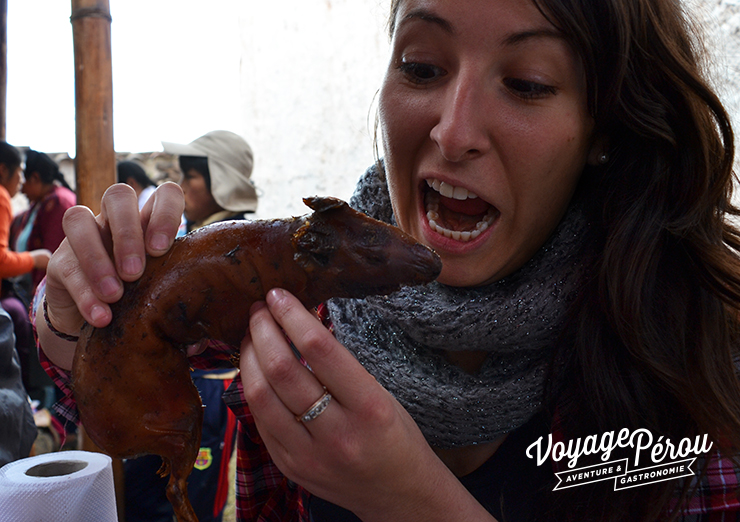
23. A chocolate feast
This is undoubtedly the perfect activity to enjoy with the whole family in the Sacred Valley.
The Chocomuseo de Pisac (Calle Mariscal Castilla 381) or Ollantaytambo (Plaza Ruinas) offers an introduction to cocoa through a small museum and chocolate-making workshops lasting about 2 hours.
It is one of the best activities to do with children in Peru, as you can build your own chocolate popsicle from cocoa beans, as well as enjoy several tastings, but I am living proof that adults can also love it 😉
- Read more here: My Experience at Chocomuseo
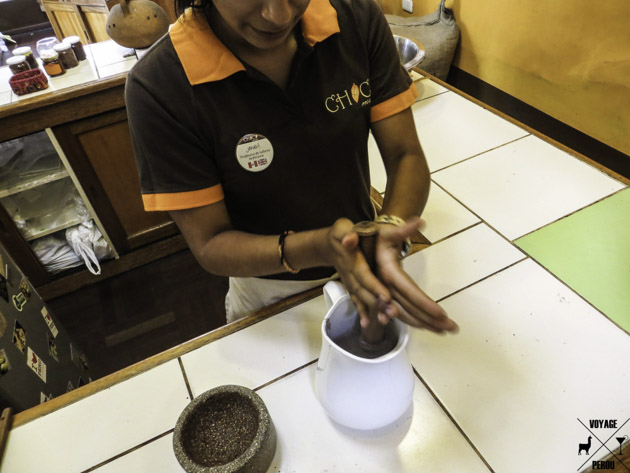
Where to stay to visit the Sacred Valley
You have two options: make the round trip in one day and sleep in Cuzco, or sleep in the Sacred Valley, either in Ollantaytambo, Pisac or Urubamba.
In both cases, there are good accommodation options for all pockets, from budget backpackers to luxury hotels.
Staying in Cusco
- Backpacker La Bo’M: One of the best hostels in Cusco. Founded by Sarah, a French expat, it includes a delicious crêperie next door. Perfectly located in the charming neighborhood of San Blas, it offers good Wi-Fi, a cozy vibe, and of course, amazing crêpes to start your day! Dorms from only $13 USD and private rooms from $33 USD.
- La Casona Real Cusco: For those looking for more comfort, this charming traditional-style guesthouse is located on a quiet street just steps from the Plaza de Armas. Impeccably clean, with hot water, great Wi-Fi, and a warm welcome. Breakfast included, all from just $76 USD per night!
- Hotel Tierra Viva Cusco San Blas: In the lovely San Blas neighborhood, this upscale hotel offers spacious rooms with very comfortable beds. Its modern décor with local touches and peaceful interior courtyard make for a relaxing stay. Buffet breakfast included. From $98 USD per night!
- Antigua Casona San Blas: A chic and intimate 4-star hotel in San Blas. It features very comfortable rooms, a warm atmosphere, and a tasteful blend of modern and traditional décor. Don’t miss their Piedra & Sal restaurant, one of Cusco’s best. Excellent breakfast included. From $250 USD per night.
- Palacio del Inka, a Luxury Collection Hotel: For a romantic stay in Cusco, this 5-star gem is housed in a spectacular colonial building across from Coricancha, with roots dating back to Inca times. Enjoy the indoor pool, gym, spa, bar, and restaurant. Delicious breakfast included. From $325 USD per night.
Lodging in Ollantaytambo
- Las Portadas: This is the best budget option in Ollantaytambo. A typical local house with a lovely garden and mountain views, just 5 minutes from the main square and 15 minutes from the train station. Rooms from just $23 USD with breakfast included.
- Casa de la Chola: A beautiful room in a charming lodge located just outside of town, about 10 minutes from Ollantaytambo train station. Perfect for nature lovers. From $60 USD per night, with a breakfast that’s a true treat for food lovers.
- Apu Lodge: A lovely hotel with a garden and fantastic views of the mountains and Inca ruins. Very peaceful location, with spacious and comfortable rooms that can host up to 5 people. Friendly staff. Excellent breakfast included. From $93 USD per night!
- El Albergue Ollantaytambo: A countryside-style hotel located right at the Ollantaytambo train station, perfect for catching the early train to Machu Picchu. Comfortable rooms, a beautiful green garden, an organic farm, and a peaceful setting. Onsite you’ll also find an excellent restaurant, a coffee roastery, and a craft distillery. Breakfast included. From $275 USD per night!
Staying in Pisac
- Hospedaje Inti: a colorful, bohemian hostel that’s perfect for travelers on a tight budget. Very friendly atmosphere and tasty breakfast (available for an extra $5 USD). Dorms from $10 USD and private rooms from $15 USD.
- Chaska Pisac: set in a colonial-style building in the center of Pisac, with a peaceful garden and access to a shared kitchen. Comfortable rooms with mountain and river views. Great value for money, dorms from $10 USD and private rooms from $21 USD.
- Florencio Casa Hacienda: a rustic-style favorite in Pisac with cozy rooms, a fireplace, garden, and even a pool. Airport shuttle available. Continental breakfast included, from $82 USD per night.
Staying in Urubamba
- Mama Green Eco Lodge: a relaxing eco-stay surrounded by gardens, with a shared lounge and a sunny terrace. Daily breakfast with vegetarian and vegan options. Located near the bus station. From $24 USD per night.
- Casa Andina Private Collection Valle Sagrado: a high-end hotel with mountain views, large gardens, gym, sauna, spa, and the Alma Viva restaurant. There’s even a small planetarium! Buffet breakfast included, from $152 USD per night.
- Tambo del Inka, Luxury Collection Resort & Spa: one of the most luxurious hotels in Peru, set along the Urubamba River. Indoor and outdoor heated pool, spa, restaurant, and bar. Exclusive private train station to Machu Picchu (departure 6:50 a.m., return 6:43 p.m.). From $490 USD per night.
How much time do you need to visit the Sacred Valley?
To plan the best itinerary in the Sacred Valley of Peru, the first thing you should ask yourself is: will you sleep in Cusco or Ollantaytambo before visiting Machu Picchu?
This simple decision can help you avoid a lot of unnecessary back-and-forth travel.
You could easily spend several days—or even a week—in the Sacred Valley, relaxing and soaking in the fresh mountain air.
But I know that most travelers are short on time, so here are my optimized itineraries for 1, 2, or 3 days, to help you make the most of your stay without missing the essentials.
Sacred Valley in 1 day
If you only have one day, it’s totally doable, but you’ll have to make some choices. Here are two options depending on where you spend the night:
Option 1: If you sleep in Ollantaytambo
- Start with Pisac and explore its market and archaeological site
- Then head to Chinchero to see a textile demonstration and enjoy the charming village
- Finish in Ollantaytambo, have lunch, visit the ruins, and spend the night there before taking the train to Machu Picchu the next day
Option 2: If you sleep in Cusco
- Do a loop with Pisac, Ollantaytambo, and Chinchero before returning to Cusco in the evening
Sacred Valley in 2 days
With 2 days, you can take your time and enjoy more stops:
- Day 1: Visit the Inca ruins around Cusco in the morning (Sacsayhuamán, Qenqo, Puca Pucara, Tambomachay), then head to Pisac in the afternoon
- Return to Cusco for the night
- Day 2: Start in Chinchero, then visit Maras and Moray, and end the day in Ollantaytambo
- Sleep in Ollantaytambo to get closer to Machu Picchu
Sacred Valley in 3 days
If you’re lucky enough to have 3 days in the Sacred Valley, here’s what I suggest:
- Day 1: Visit the Inca ruins around Cusco in the morning, and head to Pisac in the afternoon
- Day 2: Explore Chinchero, then Maras and Moray, and continue to Ollantaytambo
- Day 3: Spend the day discovering Ollantaytambo. There’s more to see than just the ruins, and it’s the perfect base before Machu Picchu
And what about Machu Picchu?
No matter where you’re coming from—Cusco or Ollantaytambo—plan to dedicate a full day to Machu Picchu.
Visit the Sacred Valley with a guided tour
If you don’t have much time, the easiest way to explore is by booking a guided tour of the Sacred Valley. It’s the best way to cover more ground without worrying about transportation logistics.
In high season, spots fill up fast—so it’s best to book in advance!
Here are the two tours I personally recommend:
The must-sees of the Sacred Valley: Pisac, Ollantaytambo, Chinchero, lunch and hotel pickup included
Maras and Moray: Visit the agricultural terraces and salt mines, with hotel pickup included
Can I visit the Sacred Valley without a guide?
Yes! You can explore the Sacred Valley on your own without an agency.
There’s a good network of public transport (buses and colectivos) that connects Cusco with the main destinations in the valley. At the archaeological sites, you’ll usually find signs and information panels, so you don’t need to hire a guide.
It’s a great option if you’re traveling on a tight budget or just enjoy more freedom.
I loved visiting independently—it gave me time to explore at my own pace. But truth be told, I had time on my hands… I spent a month in Cusco!
If you’re short on time, a guided tour is definitely more practical and will help you cover a lot more in a single day.
Going from colectivo to colectivo can eat up a lot of time!
How to get to the Sacred Valley from Cusco (4 options)
Here are the main ways to reach the Sacred Valley from Cusco, whatever your budget:
1. By colectivo
In my opinion, this is the best and most convenient option.
You can find shared vans and colectivos on Puputi or Pavitos Street in Cusco. They leave once full, which doesn’t take long, and they’re usually in good shape.
Example: Cusco to Ollantaytambo costs about 10 soles in a van or 15 soles in a shared taxi.
2. By bus
There are frequent buses to Pisac and Urubamba, with tickets starting at 5 soles. It’s the cheapest way to visit the Sacred Valley, but not the fastest…
The buses are old, not always in great condition, and they only leave when full. I’ve done it once, and I wouldn’t do it again. For a few soles more, I’d definitely go for a colectivo instead.
3. With an organized tour
A tour is by far the most practical option, especially if you want to make the most of your time without stressing about how to get from one place to another.
- The must-sees of the Sacred Valley: Pisac, Ollantaytambo, and Chinchero, with lunch included
- Maras and Moray: salt mines, Inca terraces, and hotel pickup
4. By taxi
Taking a private taxi gives you the freedom to stop wherever you want. Some drivers also know the area well and can double as local guides.
I suggest asking your hotel or hostel to help you find a trusted driver with fair prices and experience in the Sacred Valley.
- Important: Always agree on the price and waiting times before getting in the car.
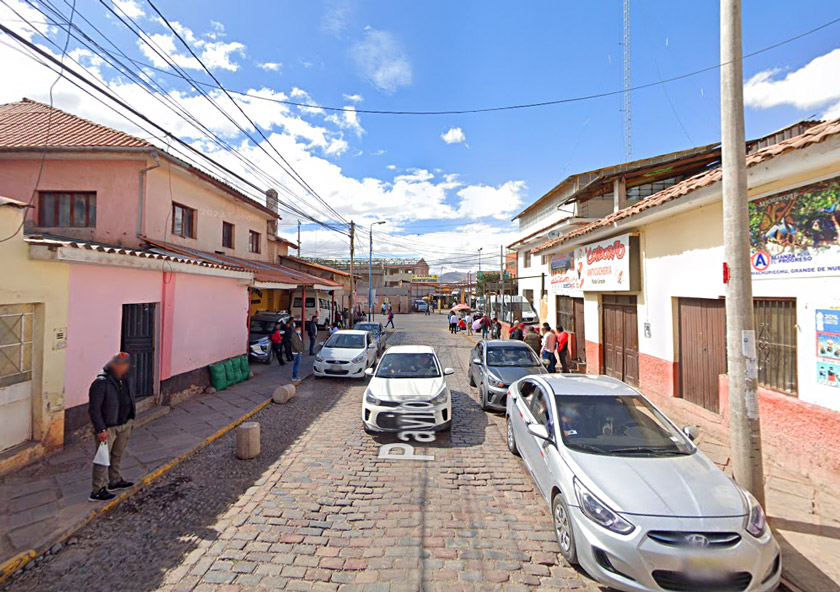
The best time to visit the Sacred Valley of the Incas
The ideal time to visit the Sacred Valley is from May to September, during the dry season. These months offer sunny days, clear skies and ideal conditions for exploring the Inca sites.
If you prefer to avoid the crowds, May and September are especially pleasant months, with fewer visitors.
It is best to avoid the rainy season, from November to March, as it can make access to some trails difficult (especially in January-February). But the scenery is magnificent because it is green and there are fewer tourists.
Don’t forget your raincoat!
Book Your Flight at the Best Price
Planning a trip to Peru? To get the best deal on your flights, I recommend using this flight comparison tool, in partnership with Skyscanner.
It’s the easiest way to find the lowest prices for both international flights and domestic flights within Peru—ensuring you pay the best rate with no hassle!
Rent a Car in Peru
Renting a car is one of the best ways to explore Peru at your own pace and make the most of your trip!
Personally, I always use Booking.com Cars for a few key reasons:
- Easily compare prices from all major rental agencies in one place—finding the best deal has never been easier!
- Free cancellation on most bookings, so you can reserve with peace of mind.
- Better insurance coverage at a lower price than rental companies—saving you money with no extra effort.
Click the button below to find the best car rental deals in Peru:
Rent a car
Book entrance tickets and guided visits
Take a travel insurance
Book a tour
✈️ Book your flight
Traveling to Peru? These articles will help you!
Discover all my articles about Peru: All my tips and itineraries to plan your trip in one place!
40 EPIC Things to Do in Peru (+ My Best Tips)
- 30 Epic things to do in Cusco (+Tips)
- One day in Cusco: The Perfect Itinerary (1st time visit)
- 2 or 3 Days in Cusco: The Perfect Itinerary for First-Time Visitors
- 19 Free Things to Do in Cusco + My Best Tips
- How to Get to Cusco: Best Transport Options Compared
- Cusco Tourist Ticket Guide: Prices, Sites, and How It Works
- How to Visit the Inca Ruins of Cusco: Sacsayhuamán, Tambomachay, and More
- Ollantaytambo: 15 Epic Things to Do in the Heart of the Sacred Valley
- Pisac: The 12 Best Places to Visit (+ Tips)
- Maras and Moray: How to Get There, Entrance Fees, and Tips
- Urubamba: The Best 10 Places to Visit
- Laguna Humantay (Cusco): How to Get There, What to Expect, and Tips
- How to Visit Rainbow Mountain from Cusco: Hike, Tours & Tips
- Machu Picchu: Tickets, Circuits, and Top Tips to Plan Your Visit
- Aguas Calientes (Machu Picchu Pueblo): Tips, Hotels, and What to Do
- Huayna Picchu vs. Machu Picchu Mountain: Which Hike is Best?
- Inca Trail: The Definitive Guide to the Classic Trek to Machu Picchu
- Salkantay Trek: A Complete Guide to the Best Inca Trail Alternative
- Inca Jungle Trail (Machu Picchu): What to Expect + My Experience
- Huchuy Qosqo Trek: The Definitive Guide + Tips
- Lares Trek to Machu Picchu: 4-Day Itinerary & Guide
- Choquequirao Trek: Complete Guide to the Lost Inca City of Peru
- Itinerary: 5-6 days in Peru – Lima, Arequipa, Colca Canyon, Cusco, Sacred Valley and Machu Picchu
- Itinerary: 7-8 days in Peru – See the maximum in one week
- Itinerary: 10 days in Peru – The ideal itinerary for a short stay in Peru
- Itinerary: 2 weeks in Peru – The classic route
- Itinerary: 15 days in Peru – An itinerary that includes northern Peru
- Itinerary: 3 weeks in Peru
- Itinerary: 3 weeks in Peru + Bolivia – The best itinerary for visiting both countries
- Itinerary: 1 month in Peru – What to see and do in 30-31 days
You’re using Pinterest? Here is the picture to pin!
